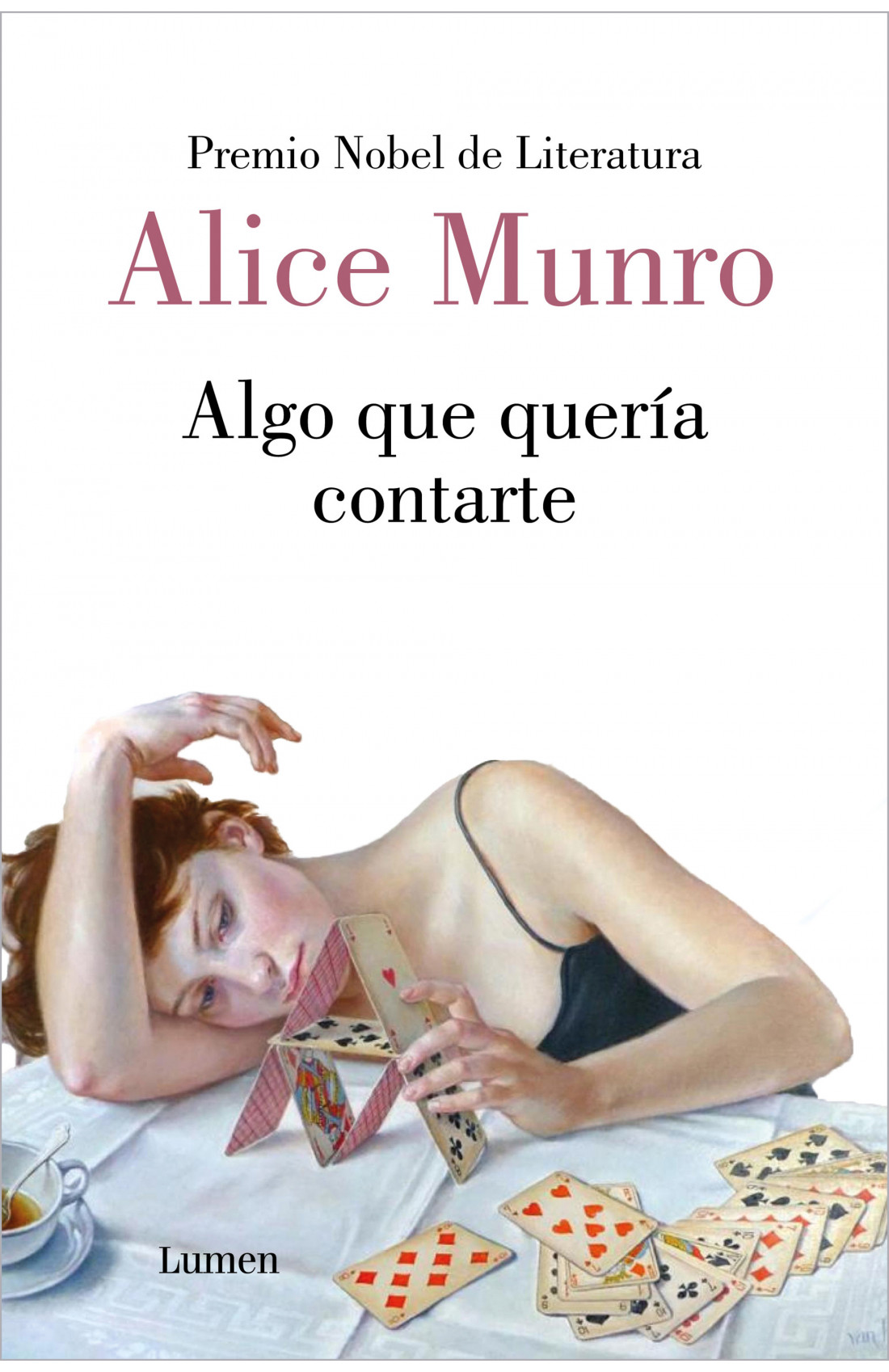What do you think?
Rate this book


304 pages, Paperback
First published January 1, 1974
"People believe in fresh starts, nowadays. Right up to the end of their lives. It has to be allowed. To start again with a new person, your old selves known only to yourself; nobody can stop anyone from doing that."
"Love is not in the least unavoidable, there is a choice made. It is just that it is hard to know when the choice was made, or when, in spite of seeming frivolous, it became irreversible. There is no clear warning about that."
"I was on solid ground all the time, you never left me. As if this hole I fall into, which is the permanent absence of you, is nothing but a dream I scare myself with, or at worst a place from which I have only to cry out hard enough, convincingly enough, for help, and help will come."
"The problem, the only problem, is my mother. And she is the one of course that I am trying to get; it is to reach her that this whole journey has been undertaken. With what purpose? To mark her off, to describe, to illumine, to celebrate, to get rid, of her; and it did not work, for she looms too close, just as she always did. She is heavy as always, she weighs everything down, and yet she is indistinct, her edges melt and flow."
"Forgiveness in families is a mystery to me, how it comes or how it lasts."